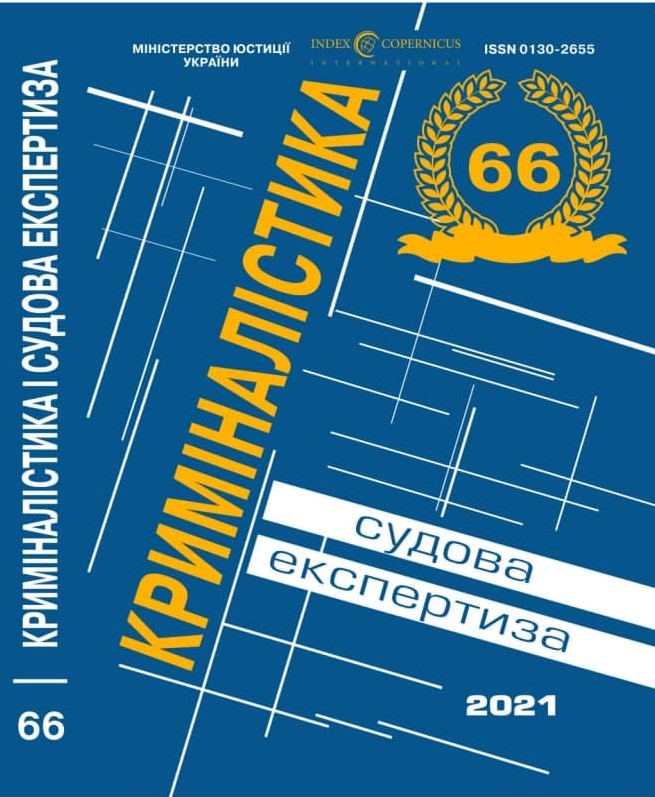
DOI: https://doi.org/10.33994/kndise.2021.66.72
K. Dikevych
This article examines the experience of foreign practice over the past several decades in the field of creating a scientific basis for forensic examination of handwriting, as well as software and software systems that automate some of the examination processes.
Shared with: tools that compute functions and provide visualizations to assist the handwriting researcher; verification methods that ensure the degree of consistency between the questioned and the sample documents; identification methods that narrow the search in the electronic document repository with the authors available in it.
Various methods of computer scanning and pattern recognition, which have been developed over the past 40 years, are investigated to the problems of identification of the writer and the authenticity/personality of handwriting.
It has been established that the ability to use handwriting to identify a person is of great importance for the justice systems and law enforcement agencies. Over the past 30 years, there has been a limited amount of research on the use of computers to improve and automate the analysis performed by forensic handwriting experts.
Based on the study, the need for further research is emphasized to obtain new tools in the form of computer programs for solving identification and diagnostic problems, obtaining new tools in the form of computer programs to identify disguised handwriting, as well as to help restore or decipher damaged or partially destroyed documents.
Key words: forensic handwriting examination, cybernetic method, handwriting, signatures, software, computer programs.










